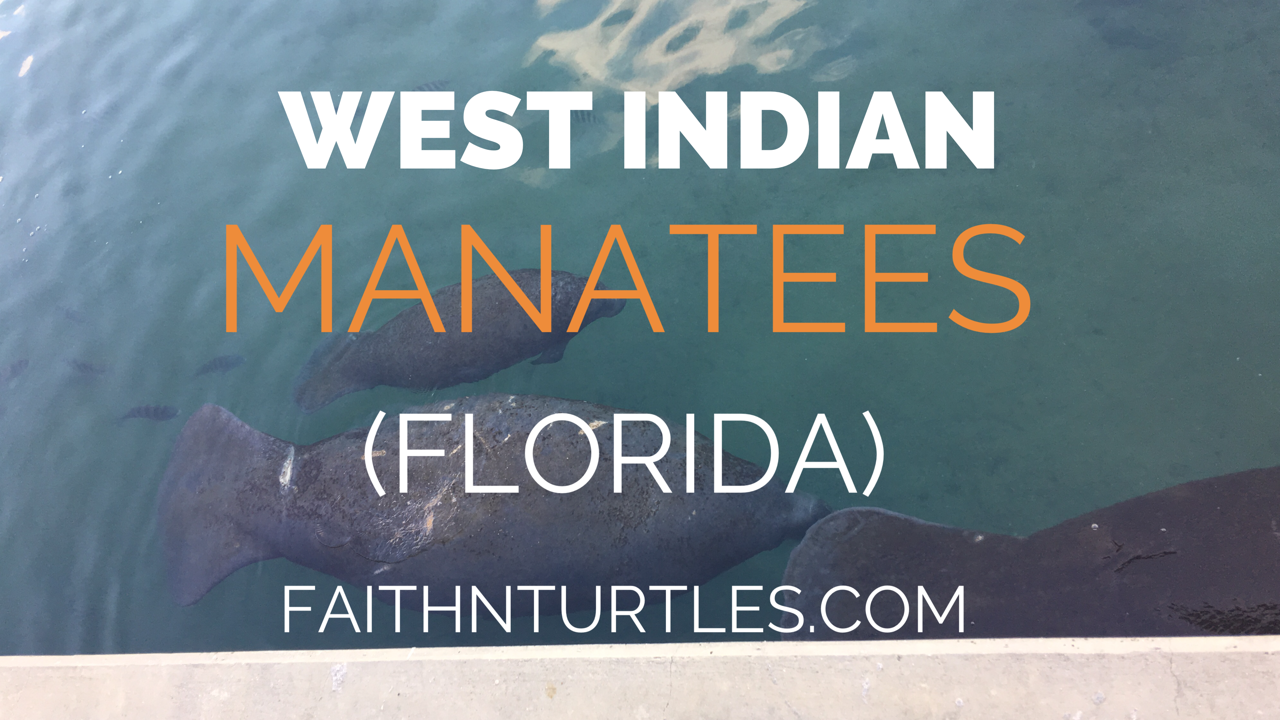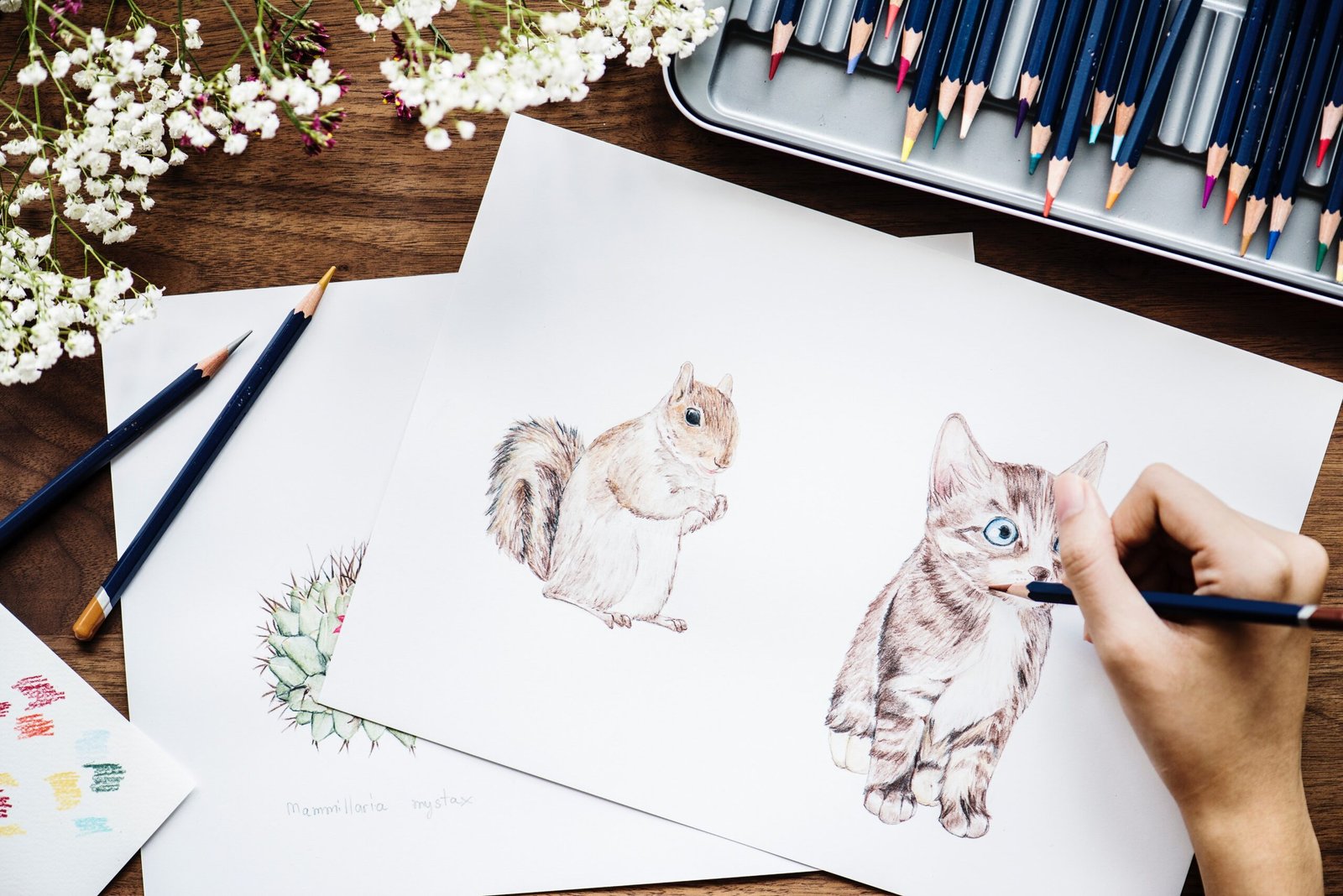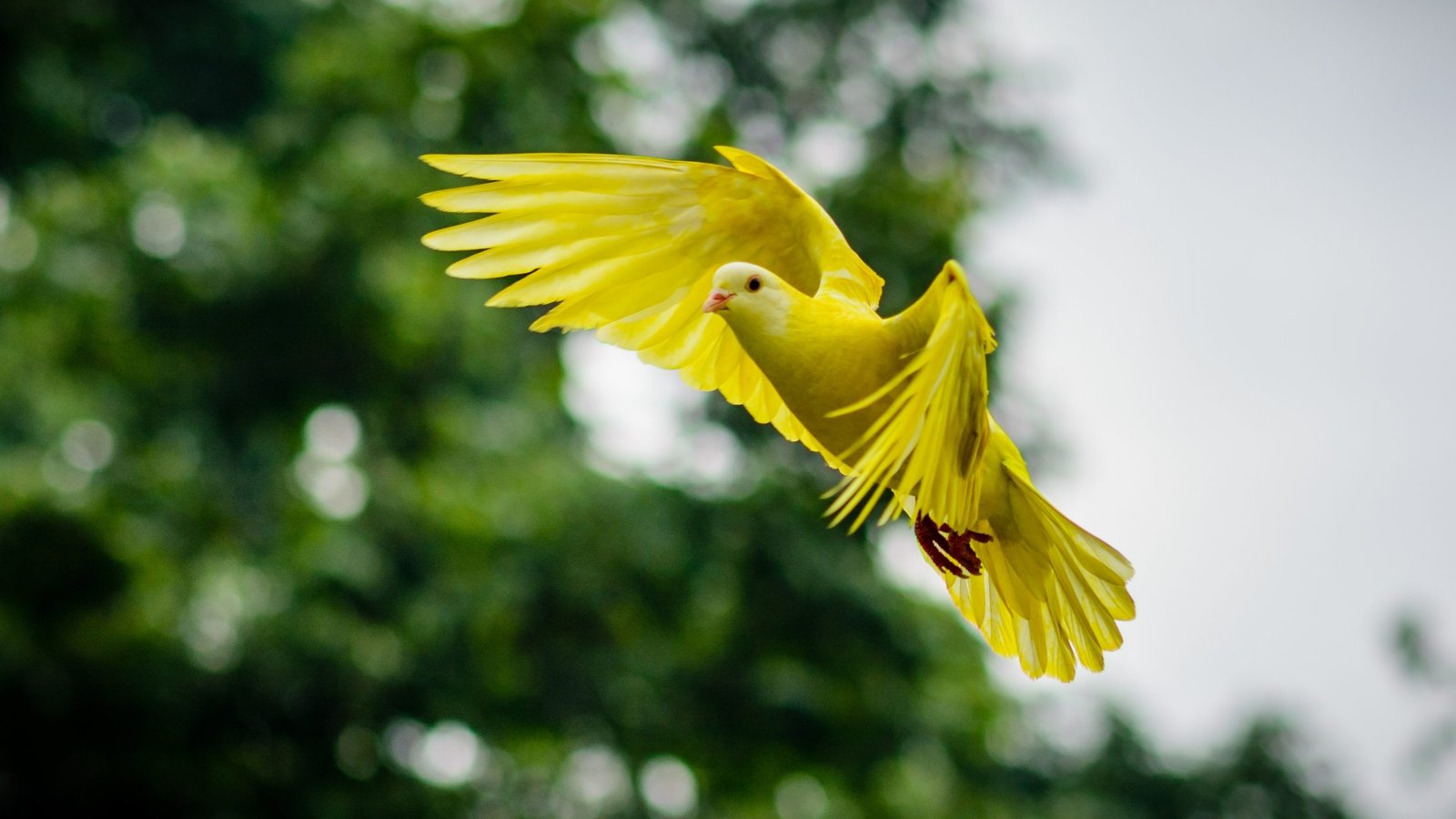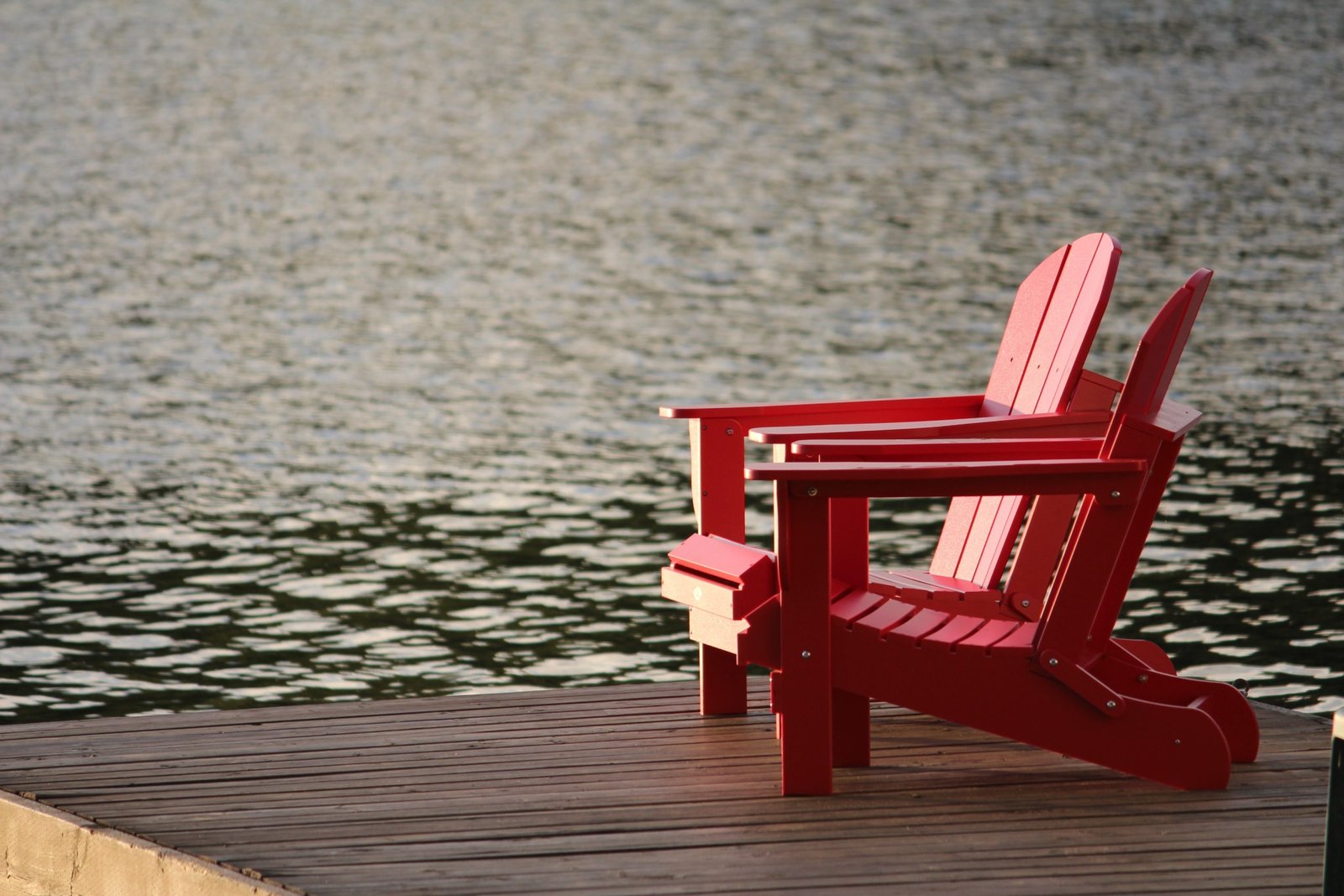A Warm Florida Manatees Welcome! This Sunday’s motivation is a Travel Motivation. You may even call it a ‘try something new motivation’. Some things in life are once in a lifetime and so I want to encourage you to try something new, something that you may only get to see or do once a year.
In encouraging you to take that action, I will be telling you about my once a year experience. So, recently my partner and I visited the Manatee Lagoon in Florida. This was such a good experience for us because we love nature, we love to be outdoors and even more, we love animals. In this post, I will be telling you some information about the Manatees and I hope you get to visit there if you are ever in Florida when they are.

Florida Manatees
The Manatees in Florida are the West Indian Manatees also called a ‘Sea Cow’. Manatees are relatives of the Elephant and are the largest surviving members of the mammal aquatic. The Manatees are grey to brown in color and can usually be seen with algae on their backs. They have front flippers which they use to steer and crawl and to scoop food into their mouths. Manatees are herbivores so they eat mostly seagrass and vegetation although sometimes crabs may get scooped up into their mouths.
Manatees love warm weather and warm water as such they can only be seen once per year at designated spots, such as the Manatee Lagoon here in West Palm Beach, Florida. The Florida Manatees visit the Lagoon because the water there is warm. The warm water discharges from the Florida Power & Light Company’s Riviera Beach Next Generation Clean Energy Center.
When Can The Florida Manatees be Seen?
During the winter months, the seawater gets too cold for the Manatees so they start their journey to warmer areas. Hence, Manatee season runs from November to March. You can even check the Florida Manatee Camera before going just to make sure they are there.
Now, you may think that you can see the Florida Manatees on any day during those months but that is not the case. They can only be seen after consecutive cold days. This is so because at this particular location there is no vegetation for them to eat so once they warm up they usually leave.
You can even check the Florida Manatee Camera before going just to make sure they are there. The first time I visited, the manatees were not there but I saw a whole lot on my second visit. Here is a video.
Facts about Florida Manatees and Threats
So on my first visit, I didn’t see the Manatees but I did get to take a tour and learned a little more about them.
- The bones of Manatees are very dense, its called pachyostotic bone which means that they have no bone marrow.
- They are endangered 🙁
- Why? A threat to Florida Manatees is boats. Look at the picture below, most of them have injuries from said boats. They get injured because they can hardly be seen by the boats, their trails are not very noticeable. In fact, many manatees die as a result.

- When injured Mantatees may become lopsided because they quickly lose balance if one side becomes heavier. As such, they need to use all their energy to heal themselves. Bones can be seen at the Lagoon.
- A fun fact is that West Indian Manatees, unlike humans, can choose which lung to breathe with as such they can adjust buoyancy.
- Manatees are continuously getting new teeth. As the old ones grind down they begin to rotate forward and new ones appear.
Manatees are Kool!
What’s one thing you have done that can only be done once a year or once in your lifetime?
Thank you all for reading. Love Light and Peace!
Do you shop on Amazon? If yes, then you can shop using my store. Please Check out The FaithnTurtles Amazon Storefront. I would really appreciate it as its a way to support my content at no extra cost to you, so thank you.





I am so jealous! I was supposed to go on an excursion to see Manatees when I was last in Florida, but the weather didn’t really permit for it. 🙁 This information will definitely be helpful for the next time I visit though!
I’m so glad it will be helpful. They really are a site to see. I hope you get to.
Really great pictures! Awesome!
Teri – MillennialAdulting.life
I enjoyed the fun facts about the manatees, found it to be interesting
Thank you.
HB
My pleasure 🌼
That is so sad about the manatees. This was such a great article! I actually just wrote a sermon about a manatee.
Thank you so much and I can’t wait to read it. I love manatees I hope they find a way to protect them 🌸